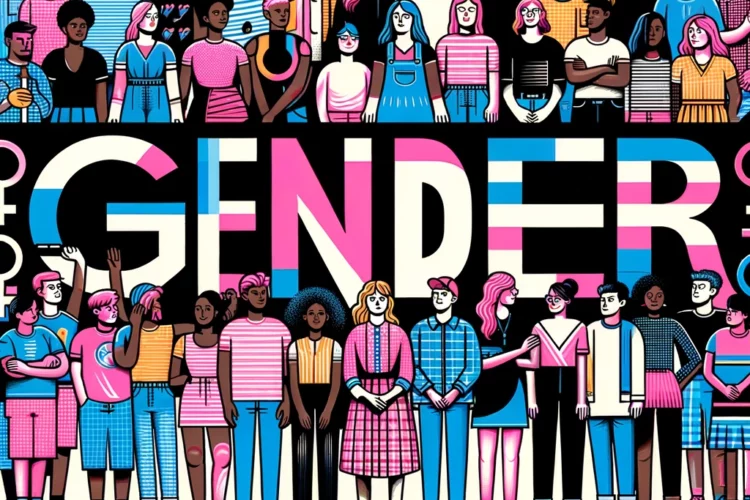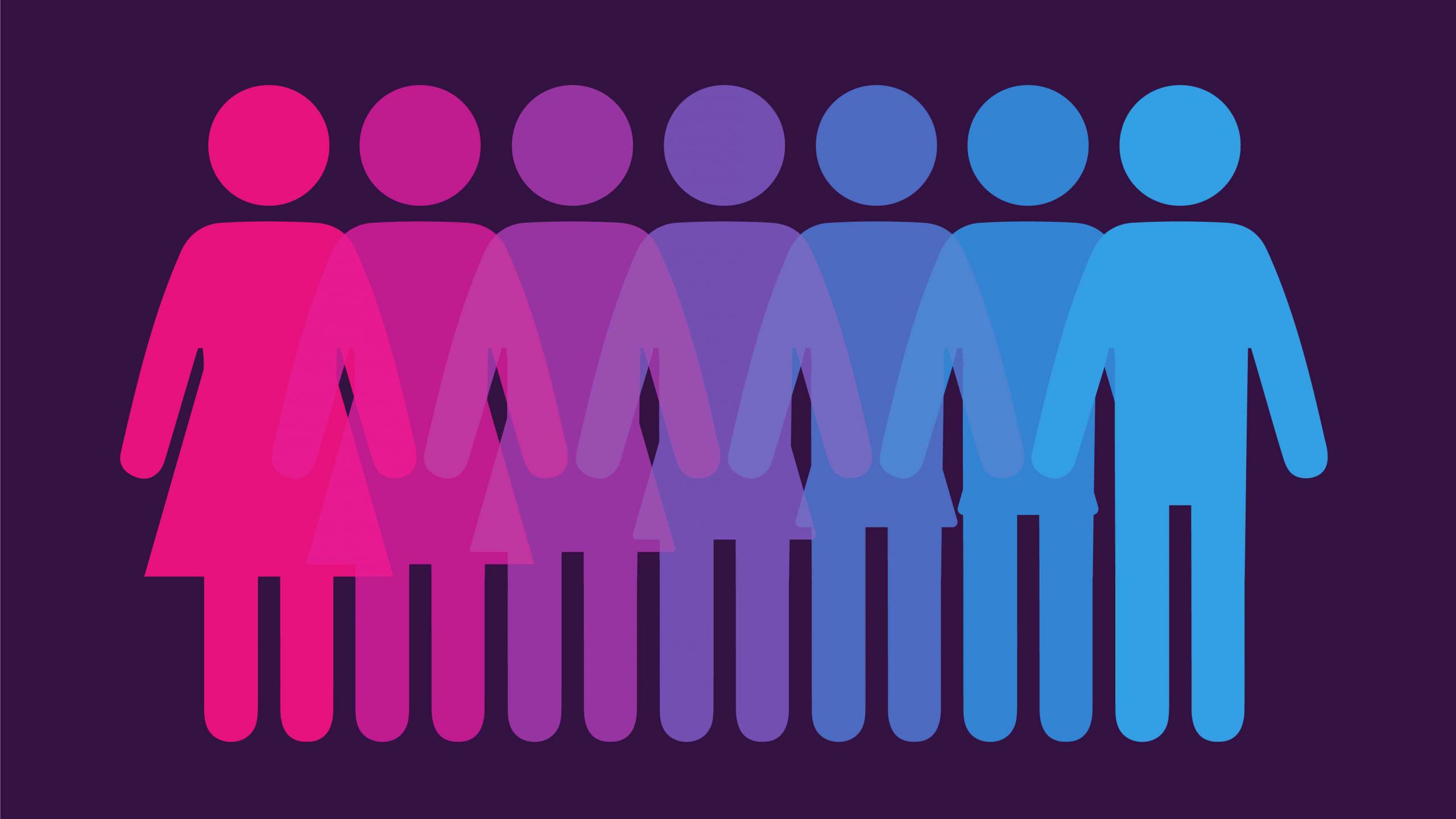Contribution to Liberal Feminism
Simone de Beauvoir's *The Second Sex* is a foundational text in feminist philosophy and a critical work within the framework of liberal feminism. In this book, de Beauvoir explores the systemic subordination of women and articulates the idea of women as "the Other." This concept is pivotal in understanding how gender roles are socially constructed and maintained.
## Contribution to Liberal Feminism
Liberal feminism seeks to achieve gender equality through legal and political reforms, emphasizing individual rights and opportunities. De Beauvoir's work aligns with this perspective by advocating for women's autonomy and challenging the societal structures that perpetuate their subordination. Her assertion that "one is not born, but rather becomes, a woman" underscores the belief that gender roles are not innate but socially constructed, aligning with liberal feminist thought that emphasizes education, equal rights, and personal freedom as pathways to gender equality.
## The Notion of "The Other"
In *The Second Sex*, de Beauvoir introduces the concept of "the Other" to explain women's subordination. She argues that throughout history, men have positioned themselves as the default or the "Subject," while women are defined in relation to men as "the Other." This duality reflects a broader philosophical framework where one group (men) is seen as essential and active, while the other group (women) is perceived as secondary and passive.
### Key Aspects of "The Other"
1. **Existentialist Framework**: De Beauvoir draws on existentialist philosophy to argue that existence precedes essence. Men are seen as the essence of humanity, while women are relegated to a derived status. This perspective reinforces the idea that women lack autonomy and agency, existing primarily to fulfill men's needs.
2. **Cultural Constructs**: De Beauvoir examines how cultural narratives and myths contribute to women's status as "the Other." She critiques the myth of the eternal feminine, which posits an idealized version of womanhood that confines women to roles of passivity and nurturing. This myth serves to justify their subordinate position in society by presenting it as natural or desirable.
3. **Socialization and Internalization**: Women are socialized into accepting their role as "the Other" from a young age. De Beauvoir discusses how girls are taught to define themselves in relation to boys, leading to a lack of self-identity independent of male validation. This socialization process perpetuates the cycle of subordination by instilling in women a sense of inferiority and dependence.
4. **Economic Dependency**: De Beauvoir highlights the economic dimensions of women's oppression. She argues that women's lack of access to financial independence traps them in subordinate roles within both family structures and society at large. Economic autonomy is presented as essential for liberation; without it, women remain reliant on men for their social status and security.
5. **The Implications for Feminism**: By framing women as "the Other," de Beauvoir calls attention to the need for women to assert their subjectivity and agency. She advocates for a redefinition of women's roles beyond societal expectations, emphasizing that true liberation requires challenging the structures that uphold gender inequality.
### Conclusion
Simone de Beauvoir's *The Second Sex* critically analyzes the social construction of gender roles through her concept of "the Other." By illustrating how women have been historically defined in relation to men, she exposes the mechanisms of their subordination and advocates for their liberation through individual agency and societal change. De Beauvoir's insights remain influential in contemporary feminist discourse, particularly within liberal feminism, where her call for equality resonates with ongoing struggles for women's rights and autonomy in various spheres of life.
Citations:
[1] https://www.marxists.org/reference/subject/ethics/de-beauvoir/2nd-sex/introduction.htm
[2] https://en.wikipedia.org/wiki/The_Second_Sex
[3] https://plato.stanford.edu/entries/beauvoir/
[4] https://www.sparknotes.com/lit/secondsex/summary/
[5] https://www.goodreads.com/book/show/457264.The_Second_Sex
[6] https://opentextbc.ca/introductiontosociology3rdedition/chapter/12-1-the-difference-between-sex-gender-and-sexuality/
[7] https://www.sjsu.edu/people/cynthia.rostankowski/courses/HUM2BS14/s0/The-Second-Sex-Introduction.pdf
[8] https://www.gla.ac.uk/0t4/crcees/files/summerschool/readings/WestZimmerman_1987_DoingGender.pdf








